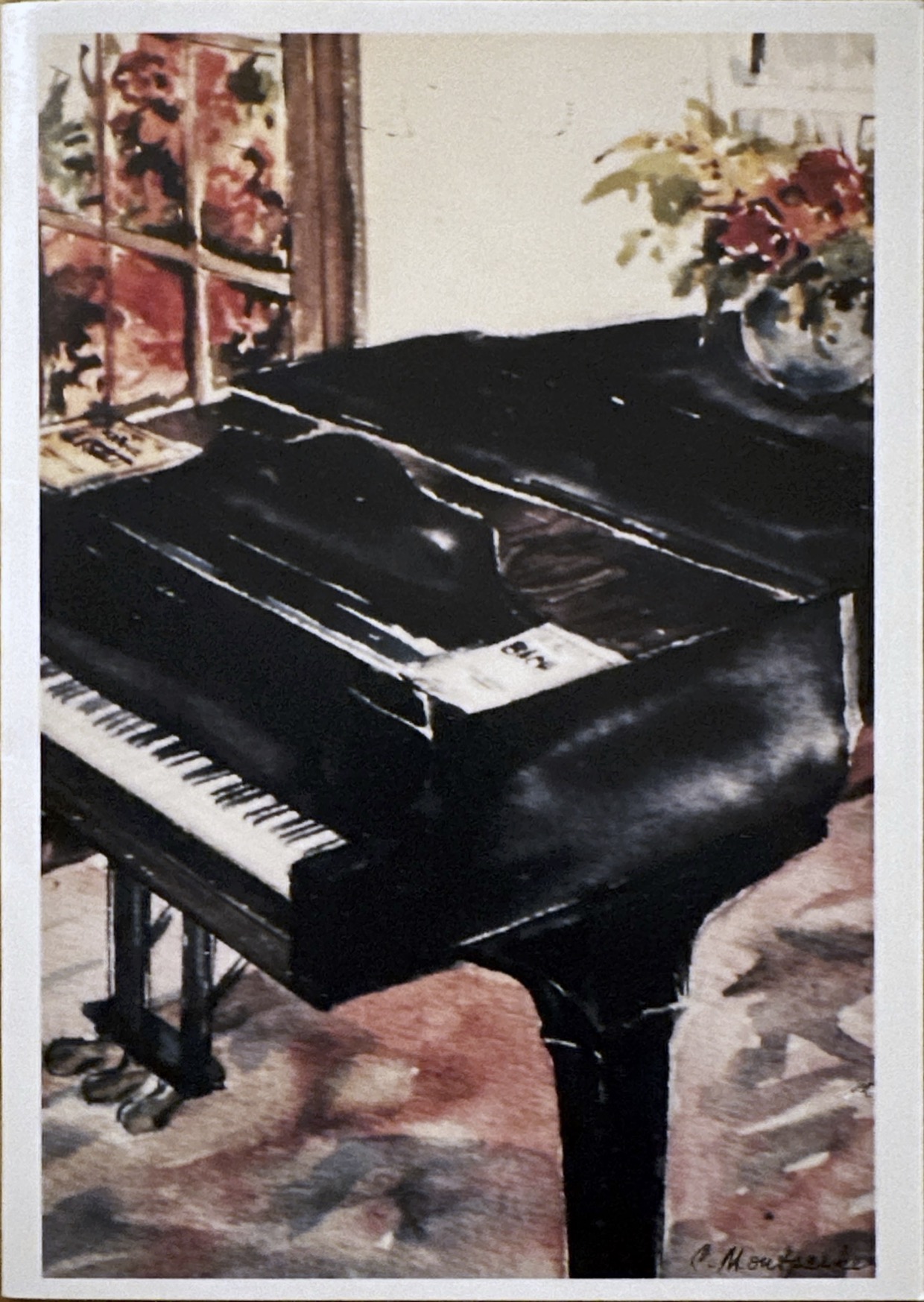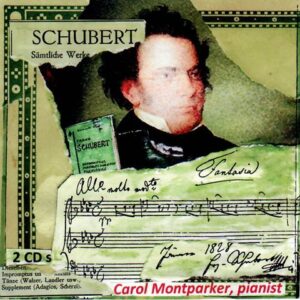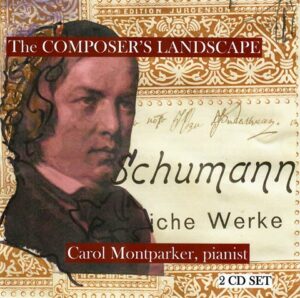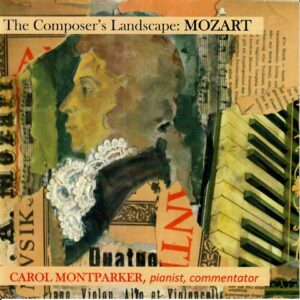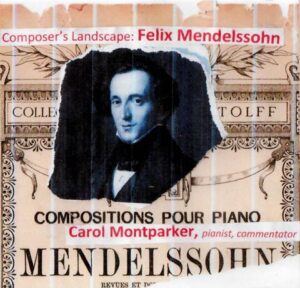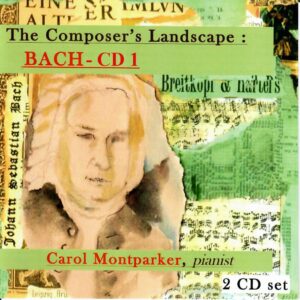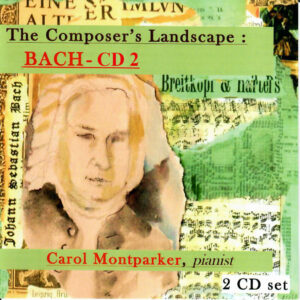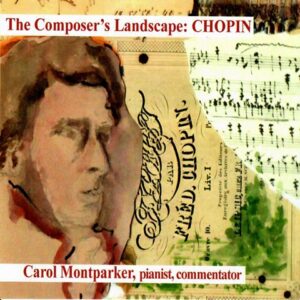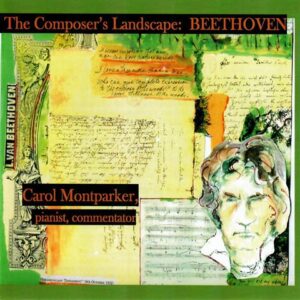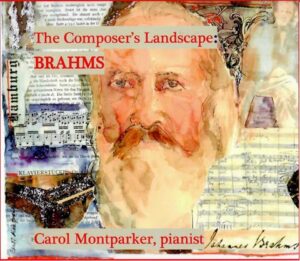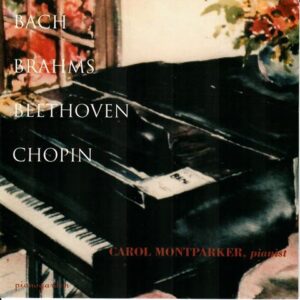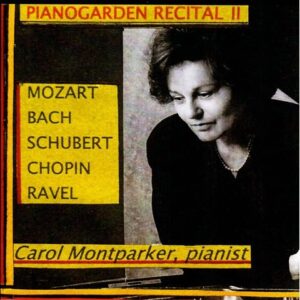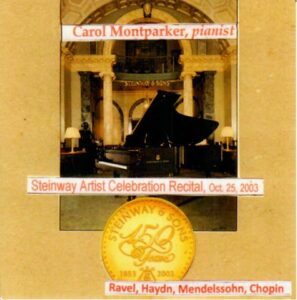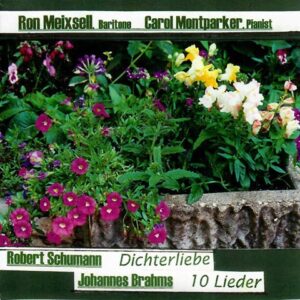The Composer’s Landscape project emerged from a series of programs I gave at Steinway over the course of two years.
Each event was a deep exploration of a single composer’s piano works (with focus on the particular challenges of that composer for the pianist), followed by my performances of selected works.
A few words and metaphors will explain why I call the series The Composer’s Landscape. Given that music is a language, it also has a broad spectrum encompassing many styles, genres and dialects. In fact, each composer has a language of his or her own, and a page from any score has its own terrain and contours, directly related to, and one might say, a pictorial depiction of the language of that composer. An experienced musician can behold a page from a score and discern whether it is a page of Schumann or Mozart, just from the look of it: the landscape, even though the same system of notation, lines and spaces, notes, phrases-marks, and dynamic markings, are common to all.
What gets more complex is the “topography”: the peaks and valleys, patches of brambles or thickets to plow through, open plains to traverse, gullies to leap over, winding circuitous melodic lines to follow, clotted harmonies to grasp, busy thoroughfares where all the voices converge, and most importantly, the strata -as multi-layered as the Grand Canyon- which we must plumb and peel away in order to find meaning at the CORE. (The metaphors are endless!)
This series includes works by Bach, Beethoven, Mozart, Chopin, Brahms, Mendelssohn, Schumann and Schubert. I have drawn mostly from past live, unedited performances, filling in with recent home, self-produced, recorded tracks. Jeffrey Reid Baker, a crack audio-engineer and musician, eliminated some coughing fits and slamming doors, and equalized recording levels. But there will still be variations between some of the tracks, according to the pianos and halls.
Personally, I love what each instrument brings to a performance provided it is as beautiful as the Steinways I have been lucky to use in these recordings.
C.M.
I find [Montparker’s] playing to be unfailingly graceful and affecting… a real artist, also made clear by her book… It is a model of its kind, touching and clever and invaluable as a chronicle of musical self-exploration.
MICHAEL KIMMELMAN
The New York Times
Listening to Montparker play Bach, hearing the sense and emotion she brings to the score, one can understand how making music may be its own reward.
PETER GOODMAN
Newsday
I have been listening to the recorded performances on your CD and send you a rapture of thanks for the elation and pleasure your playing gives me. The music making is wonderful! Your phrasing is so beautiful that I found myself constantly going back to re-hear the music several times. And you play with such fire and involvement, I never heard the Chopin Fantasy played with such abandon. Everything glows. It is clearly playing that comes from the heart — and it reaches the hearts of your audience, the spontaneity and warmth of your personality also shine in your playing.
PAUL SCHENLY
Cleveland Institute of Music,
Piano Chair
Recorded live (with no patches or editing of any kind) … Carol Montparker sparkles radiantly across a broad spectrum of repertoire. What immediately strikes the listener in Mozart’s K576 Sonata is the grace and sheer communicated warmth of Montparker’s playing, qualities that spill over into a selection of The Well-Tempered Clavier preludes and fugues, and two Schubert favorites, the D 946 Klavierstucke and the B flat major Impromptu, — all enchanting readings that brim over with affection… a most attractive recital.
INTERNATIONAL PIANO
